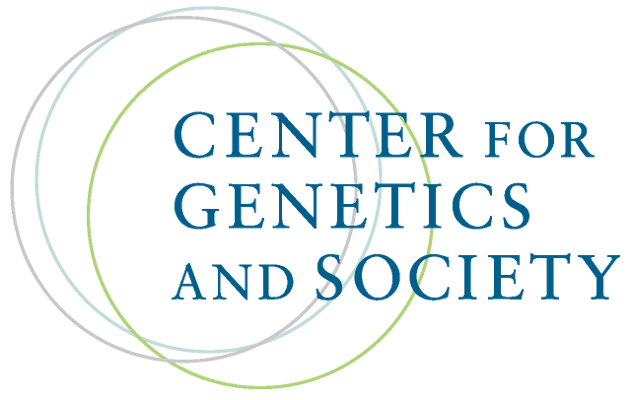Photo by Wonderlane on Unsplash
On a nearly still and moonlit night last week, some 75 people formed a circle on Asilomar State Beach around a sand pit ringed by seaweed. Four dancers swayed around the pit to the sound...
Aggregated News

Photo by Dan Nelson on Unsplash
In May 2019, an agent at the Department of Homeland Security received a trove of unsettling images. Found by Yahoo in a Syrian user’s account, the photos seemed to document the sexual abuse of a young girl. One showed a man with his head reclined on a pillow, gazing directly at the camera. The man appeared to be white, with brown hair and a goatee, but it was hard to really make him out; the photo was grainy, the angle a bit oblique. The agent sent the man’s face to child-crime investigators around the country in the hope that someone might recognize him.
When an investigator in New York saw the request, she ran the face through an unusual new facial-recognition app she had just started using, called Clearview AI. The team behind it had scraped the public web — social media, employment sites, YouTube, Venmo — to create a database with three billion images of people, along with links to the webpages from which the photos had come. This dwarfed the databases of...
The Center for Genetics and Society is fiscally sponsored by Tides Center, a 501(c)(3) non-profit organization.
Please visit www.tides.org/state-nonprofit-disclosures for additional information.
© 2023 Tides Center, through the Center for Genetics and Society. All rights reserved.
Privacy Policy. Terms of Use.
